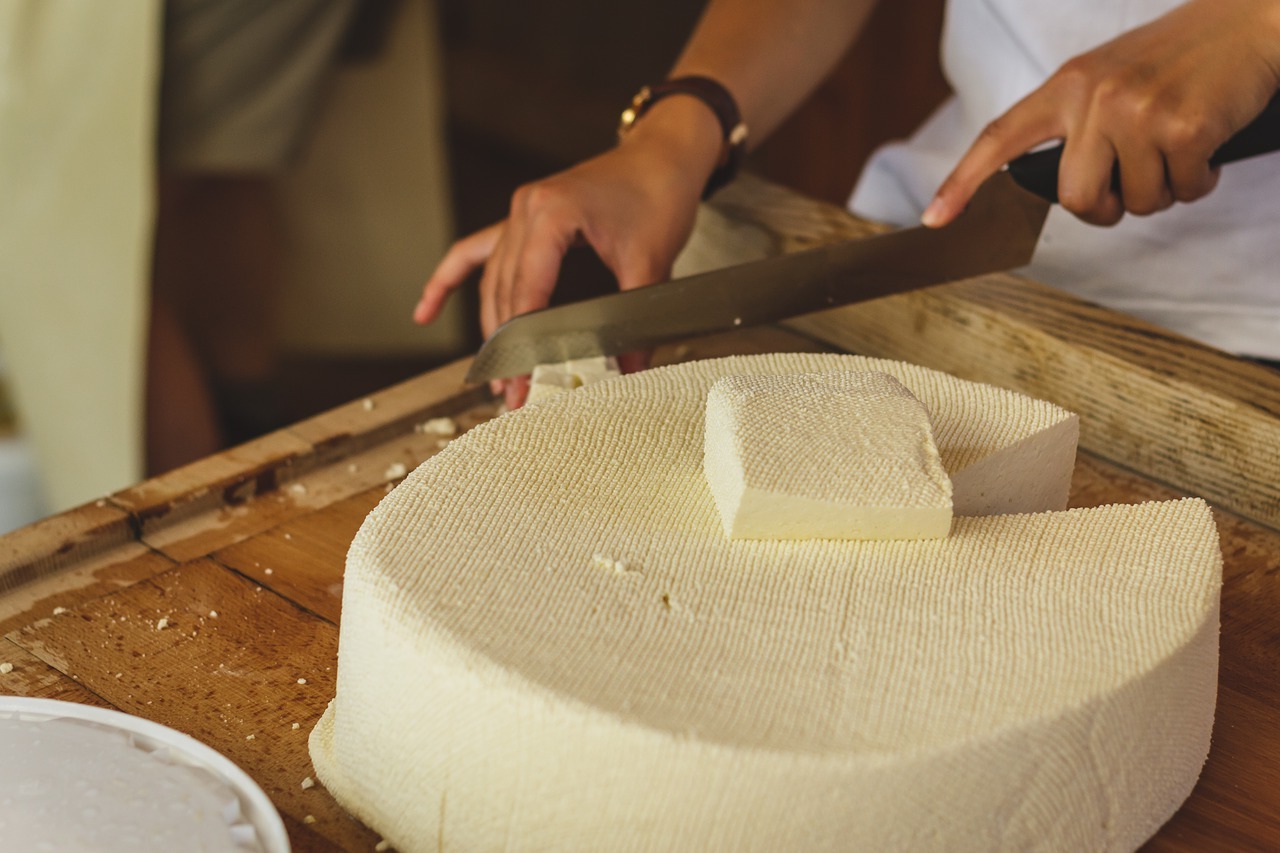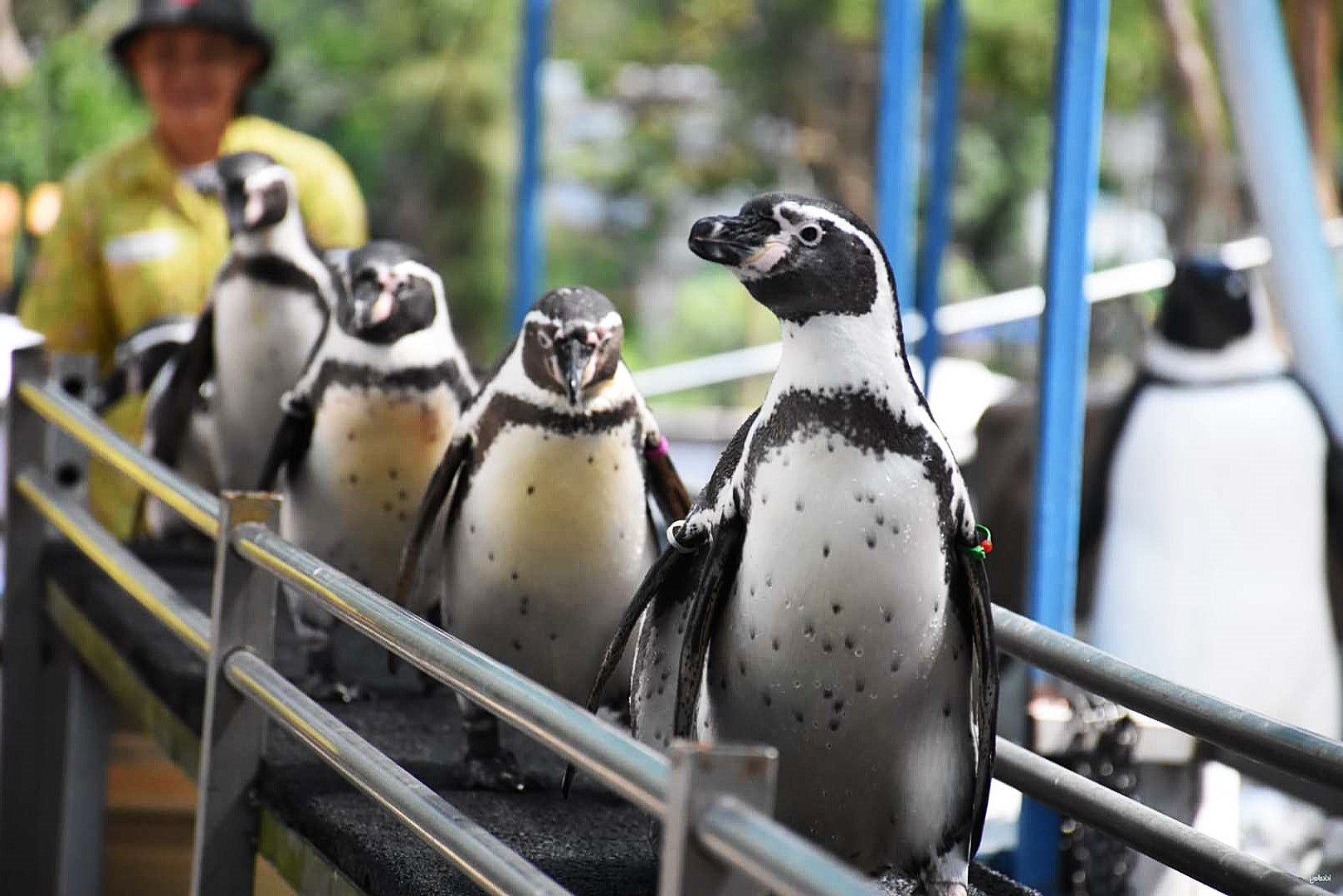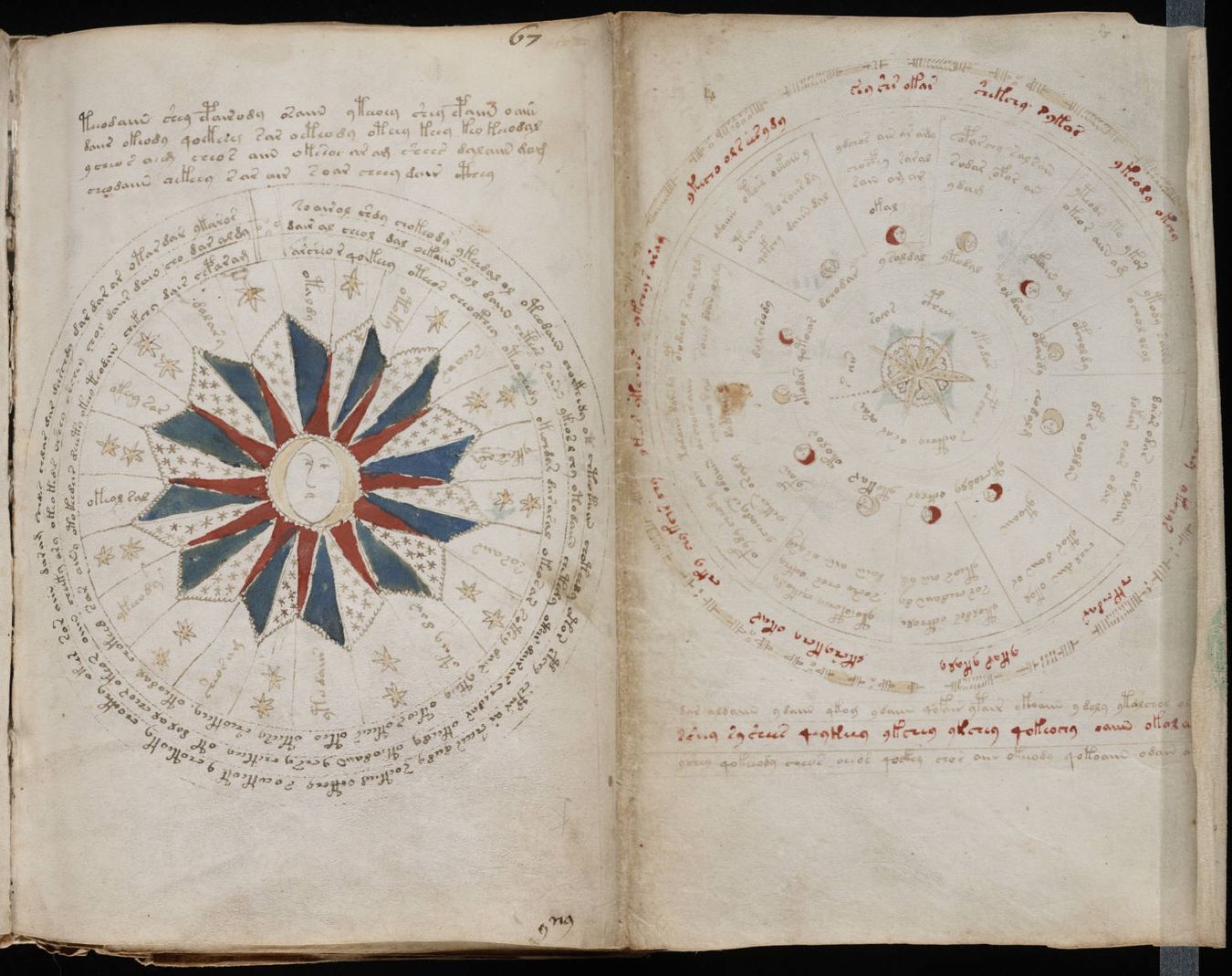
Cheese making has a rich history that spans thousands of years, blending tradition with innovation. Ever wondered how this beloved dairy product came to be? Cheese making history is filled with fascinating twists and turns, from ancient methods to modern techniques. Did you know that cheese was likely discovered by accident? Early humans stored milk in containers made from animal stomachs, which contained natural rennet, leading to curdling. This serendipitous discovery paved the way for a culinary revolution. Over time, different cultures developed unique varieties, each with distinct flavors and textures. Today, cheese remains a staple in diets worldwide, celebrated for its versatility and taste. Ready to dive into 35 intriguing facts about cheese making history? Let's get started!
Key Takeaways:
- Cheese making dates back over 7,000 years, with early humans in Poland making cheese as far back as 5500 BCE. The first cheeses were likely discovered by accident, stored in animal stomachs containing rennet.
- Cheese has a rich history, from ancient Egyptians and Greek mythology to the Middle Ages and modern times. With over 1,800 types of cheese worldwide, it's a staple in many cultures and diets.
The Origins of Cheese Making
Cheese has been a beloved food for centuries. Its history is rich with fascinating facts that span cultures and continents.
-
Cheese making dates back over 7,000 years. Archaeological evidence suggests that early humans in Poland were making cheese as far back as 5500 BCE.
-
The first cheeses were likely discovered by accident. Nomadic herders stored milk in containers made from animal stomachs, which contained rennet, an enzyme that curdles milk.
-
Ancient Egyptians loved cheese. Tomb murals from 2000 BCE depict cheese making, showing its importance in their diet.
-
Greek mythology credits Aristaeus with the discovery of cheese. He was a minor god associated with shepherds and cheese making.
-
Romans spread cheese making across Europe. They refined techniques and introduced cheese to new regions during their conquests.
Cheese in the Middle Ages
The Middle Ages saw significant advancements in cheese making. Monasteries became centers of cheese production, and new varieties emerged.
-
Monks perfected many cheese recipes. Monasteries in France, Switzerland, and Italy developed cheeses like Roquefort, Emmental, and Parmesan.
-
Cheese was a staple in medieval diets. It provided essential nutrients and was easier to store than fresh milk.
-
The first cheese guilds formed in the Middle Ages. These organizations regulated cheese production and trade, ensuring quality and consistency.
-
Cheddar cheese originated in England. The village of Cheddar in Somerset became famous for its unique cheese-making process.
-
Gouda cheese comes from the Netherlands. Named after the city of Gouda, it has been produced since the 12th century.
Renaissance to Industrial Revolution
The Renaissance and Industrial Revolution brought further changes to cheese making. Innovations in technology and transportation transformed the industry.
-
The first cheese factory opened in Switzerland in 1815. This marked the beginning of large-scale cheese production.
-
Louis Pasteur's discoveries revolutionized cheese making. Pasteurization, developed in the 19th century, made cheese safer by killing harmful bacteria.
-
The invention of the cream separator in 1878 improved cheese quality. This device allowed for precise control of milk fat content.
-
Cheddar became America's favorite cheese. English settlers brought cheddar to the New World, where it quickly gained popularity.
-
The first American cheese factory opened in New York in 1851. Jesse Williams, a dairy farmer, started mass-producing cheese, setting the stage for the modern industry.
Modern Cheese Making
Today's cheese making combines traditional methods with modern technology. The variety and quality of cheeses available have never been greater.
-
There are over 1,800 types of cheese worldwide. Each has its unique flavor, texture, and production method.
-
France is the largest producer of cheese. The country produces over 1,000 different varieties, including Brie, Camembert, and Roquefort.
-
Italy is famous for its hard cheeses. Parmesan, Pecorino, and Asiago are just a few examples of Italy's rich cheese heritage.
-
The United States is the largest consumer of cheese. Americans eat an average of 37 pounds of cheese per person each year.
-
Artisan cheese making is experiencing a renaissance. Small-scale producers are reviving traditional methods and creating innovative new cheeses.
Fun Facts About Cheese
Cheese isn't just delicious; it's also full of interesting trivia. Here are some fun facts to impress your friends.
-
The world's most expensive cheese is made from donkey milk. Pule cheese, produced in Serbia, costs around $1,000 per pound.
-
Cheese can be addictive. It contains casein, a protein that releases opiates called casomorphins during digestion.
-
The largest cheese ever made weighed 57,518 pounds. It was created in Wisconsin for the 1964 New York World's Fair.
-
Cheese can be aged for decades. Some varieties, like Parmigiano-Reggiano, are aged for up to 36 months, while others can be aged for over 10 years.
-
The holes in Swiss cheese are called "eyes." They are formed by carbon dioxide gas released by bacteria during fermentation.
Cheese in Popular Culture
Cheese has made its mark on popular culture, appearing in everything from cartoons to idioms.
-
Wallace and Gromit love cheese. The British claymation duo often embark on cheese-related adventures, particularly with Wensleydale.
-
The phrase "big cheese" refers to someone important. It originated in the early 20th century, likely from the Persian word "chiz," meaning "thing."
-
Cheese rolling is a popular sport in England. Participants chase a wheel of cheese down a steep hill in Gloucestershire.
-
The moon is often depicted as being made of cheese. This whimsical idea has appeared in folklore and children's stories for centuries.
-
"Say cheese!" is a common phrase used when taking photos. It encourages people to smile, as the word "cheese" forces the mouth into a grin.
Cheese and Health
Cheese can be part of a healthy diet, providing essential nutrients and health benefits.
-
Cheese is a good source of calcium. It helps build strong bones and teeth.
-
It contains high-quality protein. This supports muscle growth and repair.
-
Cheese provides essential vitamins and minerals. These include vitamin B12, zinc, and phosphorus.
-
Some cheeses contain probiotics. These beneficial bacteria support gut health.
-
Moderation is key. While cheese is nutritious, it can be high in fat and sodium, so it's best enjoyed in moderation.
Cheese: A Delicious Legacy
Cheese has a rich history that spans thousands of years. From ancient civilizations to modern kitchens, this beloved dairy product has evolved in fascinating ways. Early cheese-making techniques were simple, relying on natural processes and basic tools. Over time, methods became more refined, leading to the diverse range of cheeses we enjoy today.
Understanding the origins and development of cheese gives us a deeper appreciation for each bite. Whether it's the tangy taste of blue cheese or the creamy texture of brie, every variety tells a story. Cheese-making is not just about food; it's about culture, tradition, and innovation.
Next time you savor a slice, remember the journey it took from humble beginnings to your plate. Cheese is more than a snack; it's a testament to human ingenuity and culinary artistry. Enjoy every flavorful moment!
Frequently Asked Questions
Was this page helpful?
Our commitment to delivering trustworthy and engaging content is at the heart of what we do. Each fact on our site is contributed by real users like you, bringing a wealth of diverse insights and information. To ensure the highest standards of accuracy and reliability, our dedicated editors meticulously review each submission. This process guarantees that the facts we share are not only fascinating but also credible. Trust in our commitment to quality and authenticity as you explore and learn with us.


